Imagine this—a user finds your YouTube video about how to fix a garbage disposal. From here, they may get what they need from your video and navigate away, or they may be a new homeowner who found your video helpful and wants more. If they find more useful home fixes and hacks, you may get a subscriber.
Now imagine if this homeowner finds some home improvement videos, some cat videos, and videos featuring photography tips, they probably won’t stick around. In short, if a user visits your channel and finds what they are looking for, they are more likely to subscribe and return for more later on, which means it pays to have a focus on your YouTube channel.
The key to lasting success on YouTube is having engaged users, returning users, and subscribers. While you may get a high volume of one-off views—and maybe even one viral video—long-term success (read: profitability) is highly dependent on your community. And one tried-and-true way to find your people is to keep your channel focused.
In other words: find your niche. The key for awesome YouTube channel ideas.
Finding a focused channel in DIY
Let’s take a look at an example. DIY videos are popular on YouTube, but the platform is very broad and saturated with DIYers producing videos. MyFroggyStuff took this popular category and focused specifically on DIYs for dolls.
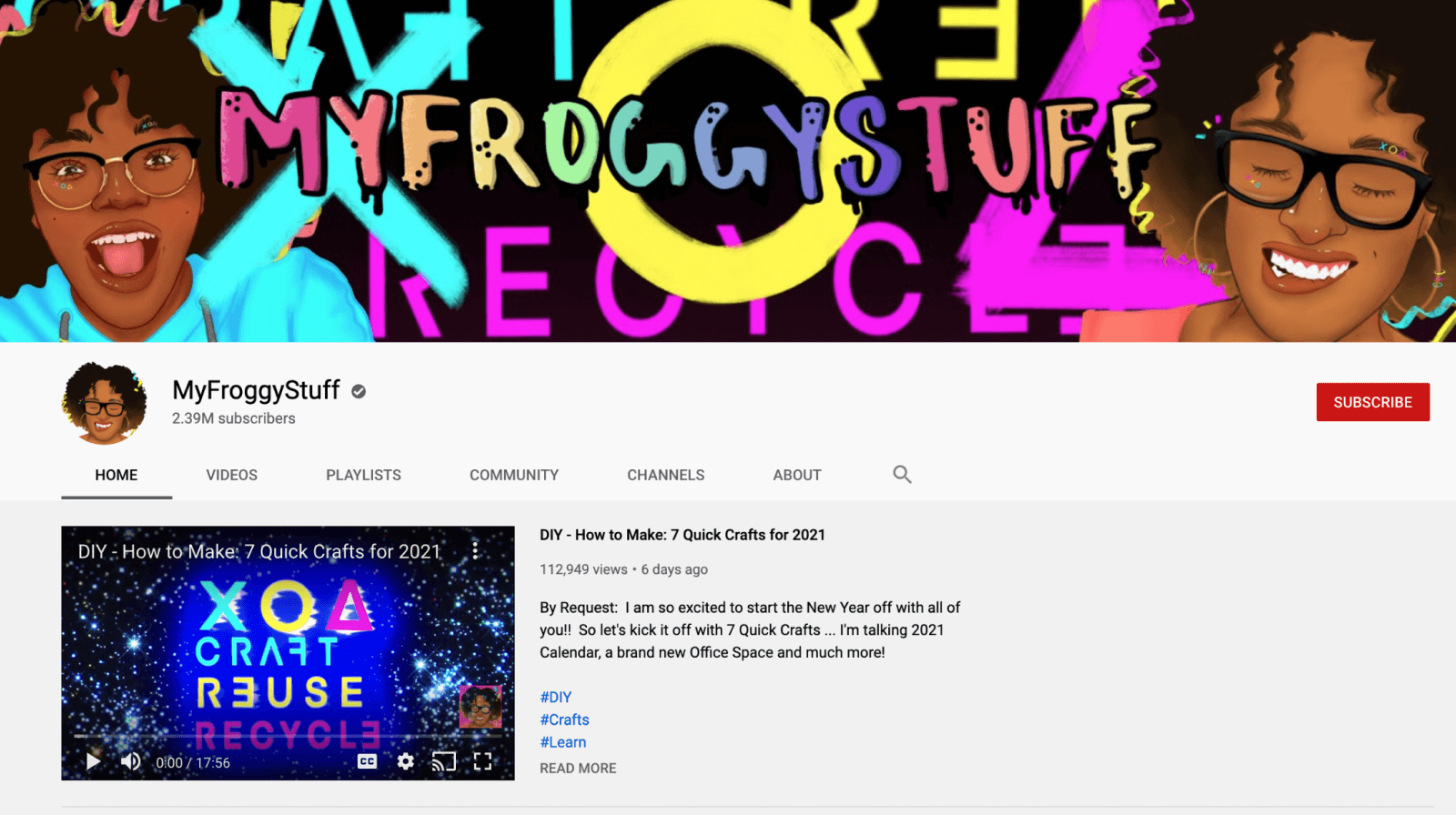
Can’t my niche be my magnetic personality?
Personality definitely matters on YouTube, and it’s true that not every successful channel is focused. It is tempting to start a YouTube channel by posting a variety of videos and seeing what sticks, but when you’re new, you don’t have the subscriber numbers to demonstrate legitimacy either. Keep in mind that you can always branch out and expand as you grow, but speaking to a niche—at least at first—can really help you get off the ground running with YouTube.
YouTube Channel Ideas:
1. Start With a Broad Category
To begin, identify the broad category that you plan to work within. Examples of popular categories include:
- Beauty
- Food
- DIY
- Gaming
- Pranks
- Sports
- Tech
- Music and Dance
- Animals
If you’re not sure of the broad category, work backward by brainstorming ideas for specific videos you would love to make. Let’s say you know you could create a great video about working with vegan leather. This could potentially go on a fashion channel, a vegan channel, or an environmental channel. Keep brainstorming video ideas and then look for a common thread to come up with your YouTube channel idea.
2. Explore What’s Out There
Once you’ve decided on a general category, you need to do a competitive analysis to get a clear view of what is already out there. You can’t find your own unique angle if you don’t know what exists, and you can’t find a profitable angle if you don’t know what people are searching for.
Open up an incognito browser window before you begin any recon mission so that your browsing history doesn’t affect search results. Start right on YouTube and get searching. Filter your search to display channels to discover related channels.
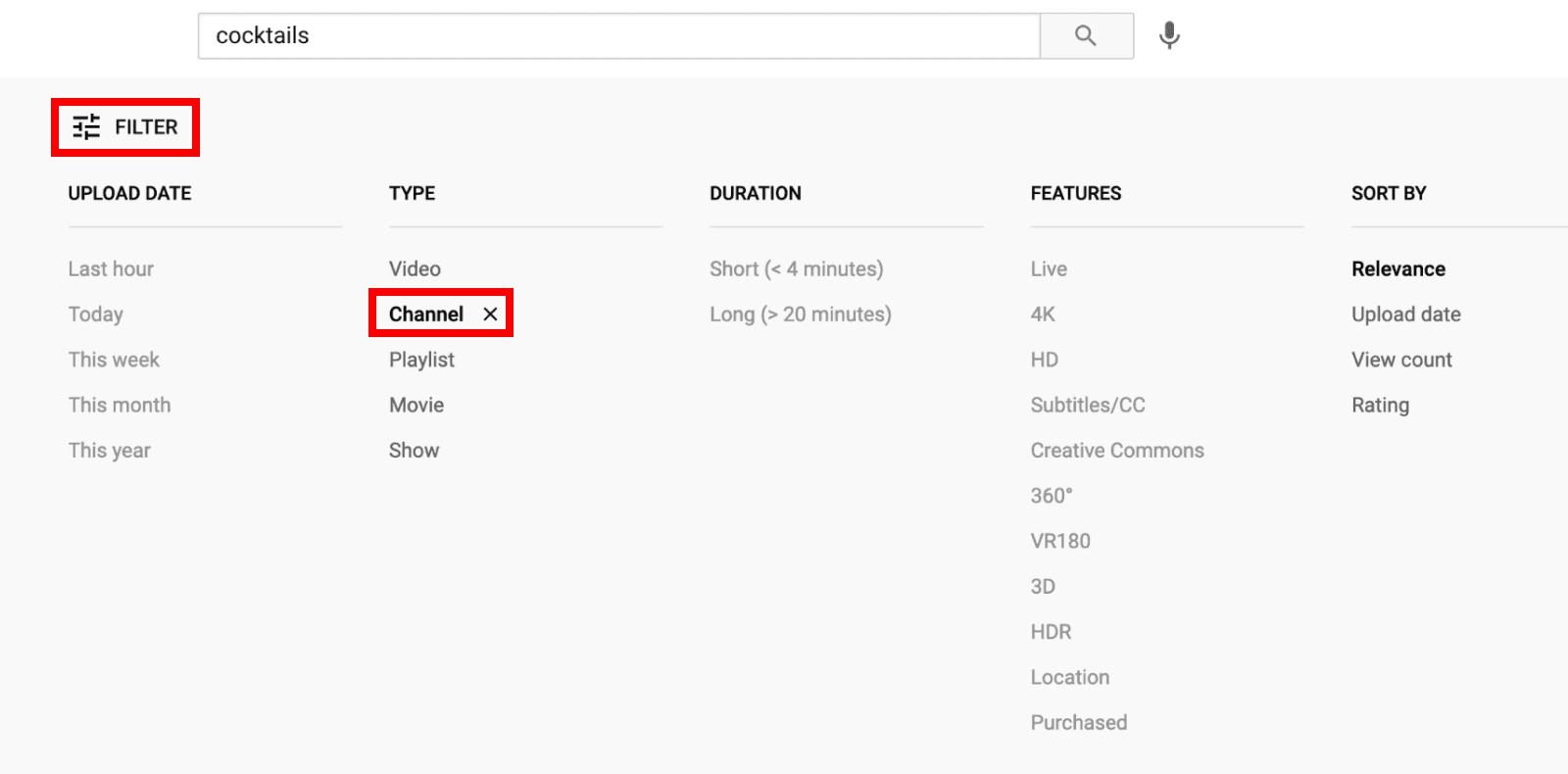
How popular are the top results? If the first page of results is all big players with over a million subscribers, there may not be much space for you. Search on Google as well with your search term followed by the word “videos,” and see what else is ranking for YouTube channel ideas. Are the top results all major players?
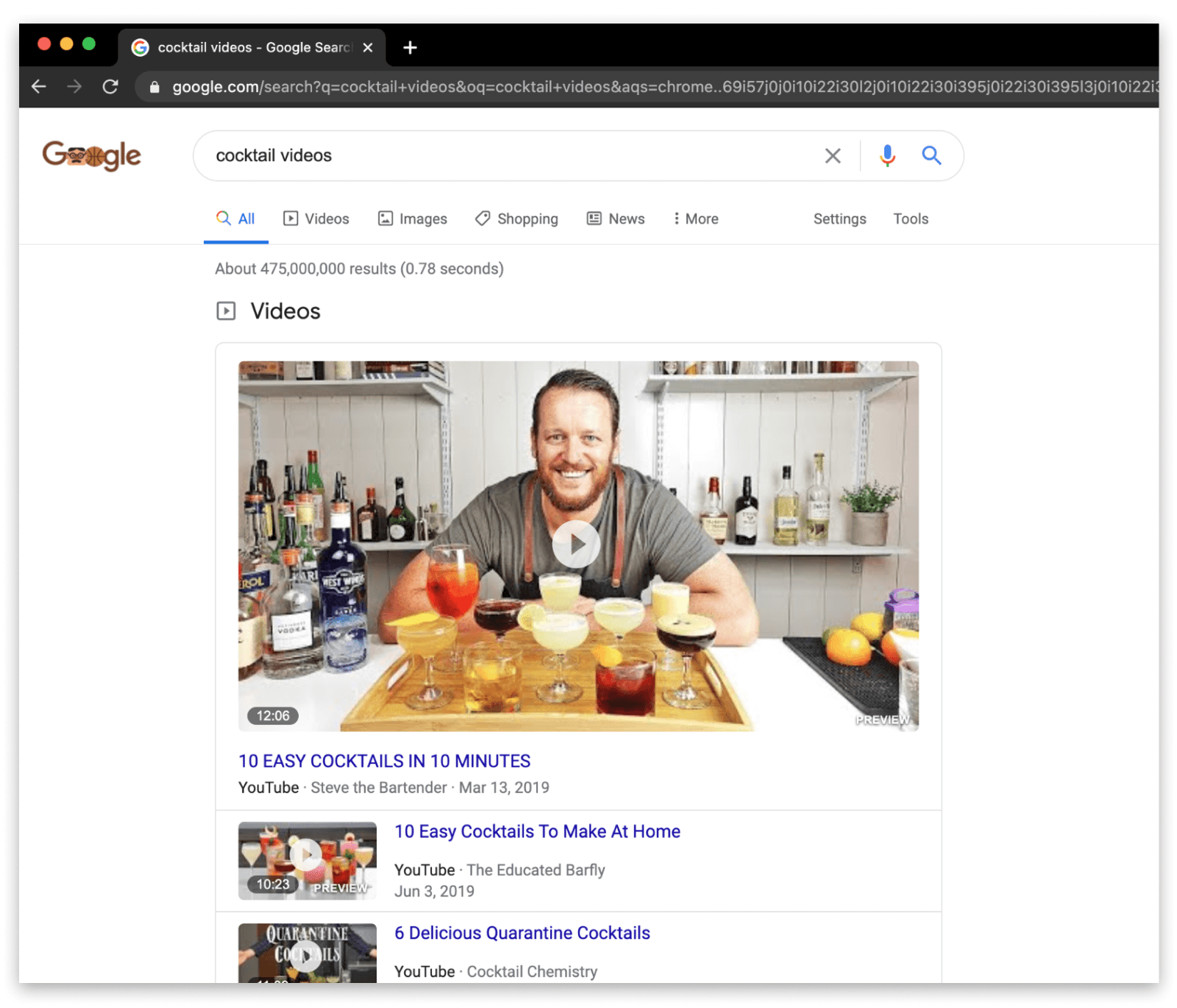
Do this research for several related search terms. Try a tool like Google Ads Keyword Planner to discover related and popular search terms. Keyword Planner will also give you an idea of the search volume and competition for your search terms.
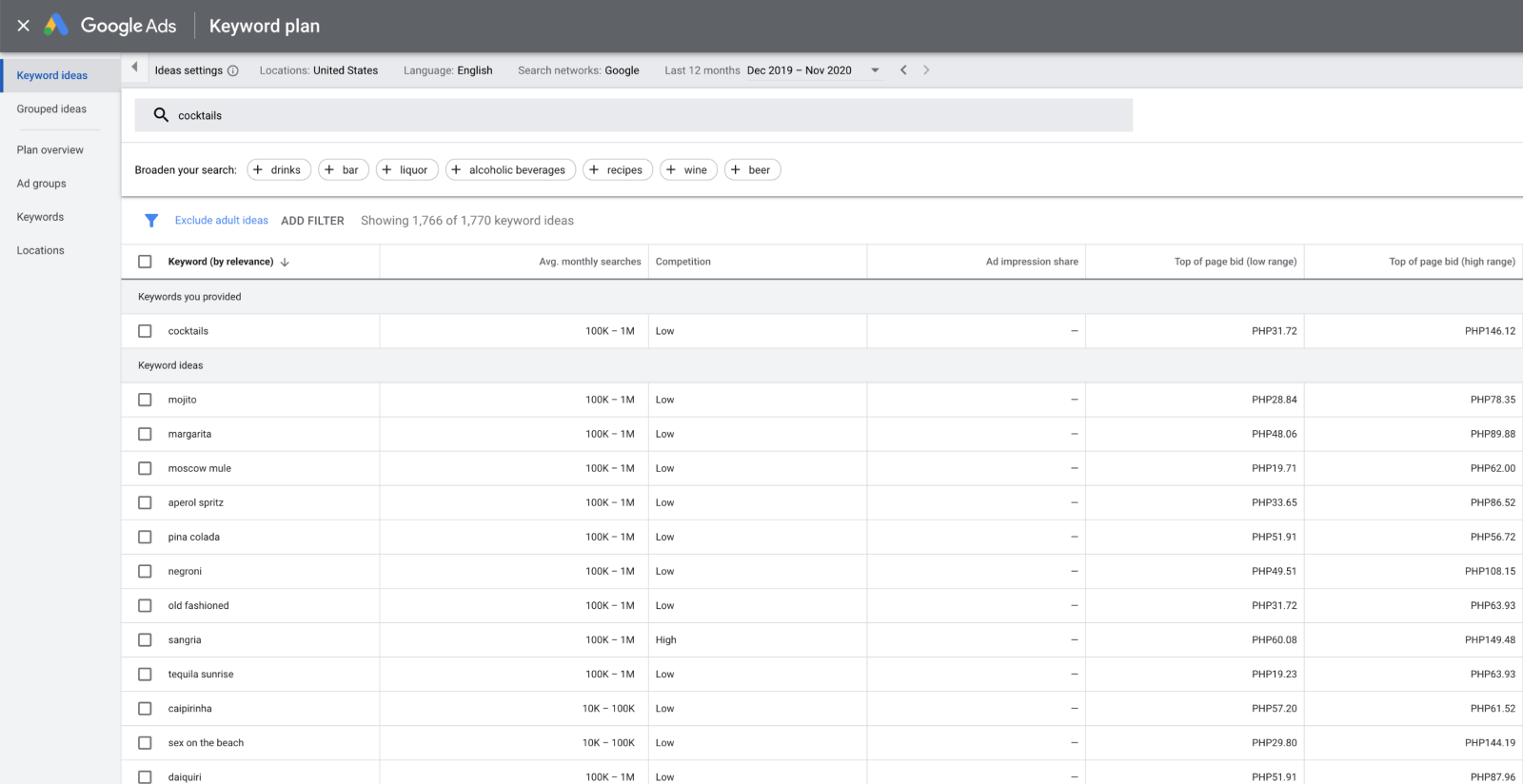
Next, try your search terms on Google Trends. You can view search trends for Google in general or for YouTube specifically. Look for patterns. Have searches been going up over the years? Down? Repeat with related terms.
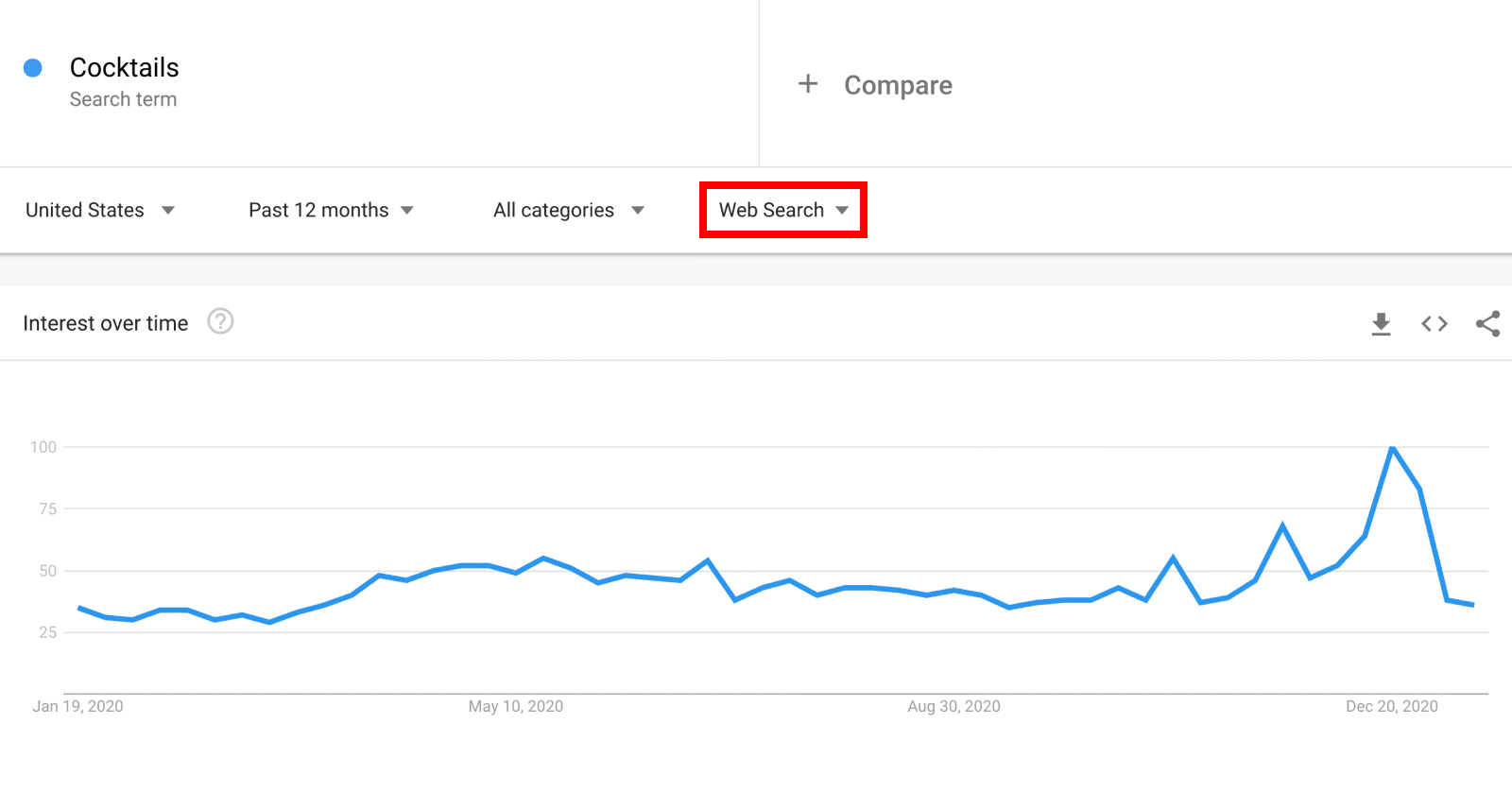
3. Establish Your Specific YouTube Niche
Once you’ve selected your general category and discovered what’s out there, you can begin to narrow your focus.
Start by honing in on the purpose of your videos. Are they for inspiration, education, or entertainment? While your channel may include different types of videos, consider the majority and the main reason that users and subscribers will continue to come to your channel.
Take your main umbrella category, your purpose, your list of video ideas, and the knowledge you’ve gathered on the current landscape to create a new list of YouTube channel ideas. The spectrum for specificity is wide, so try to think of some at different levels of focus. You might be able to zoom in further than you think—there are engaged, loyal communities for all kinds of interests. Consider RaceGrooves, a channel dedicated to toy cars and trucks with over 600k subscribers.
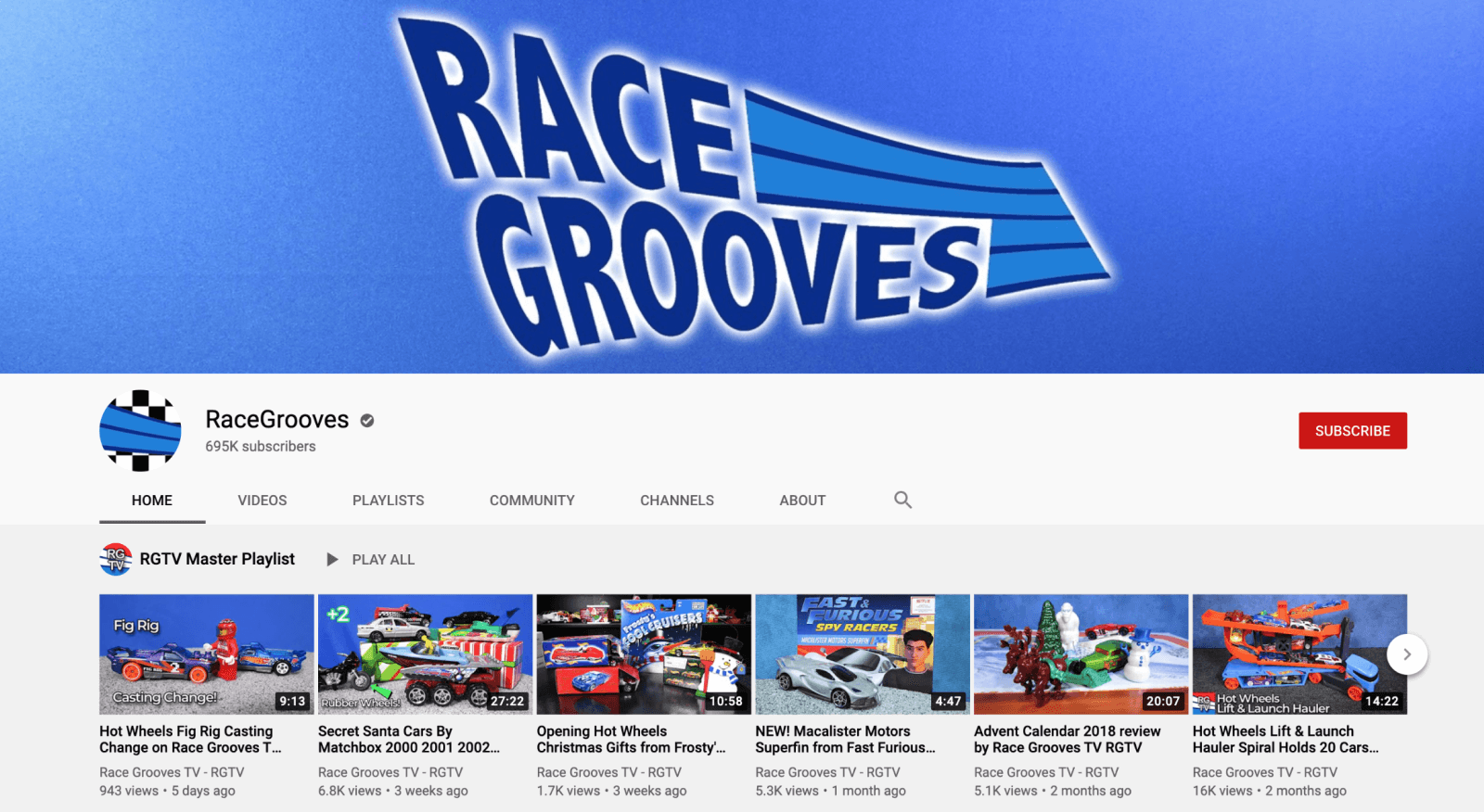
Another way to narrow down is to mash up two saturated categories. As an example, check out YouTube star Rosanna Pansino’s show, Nerdy Nummies, where she combines nerd culture with food. She has ten million subscribers.
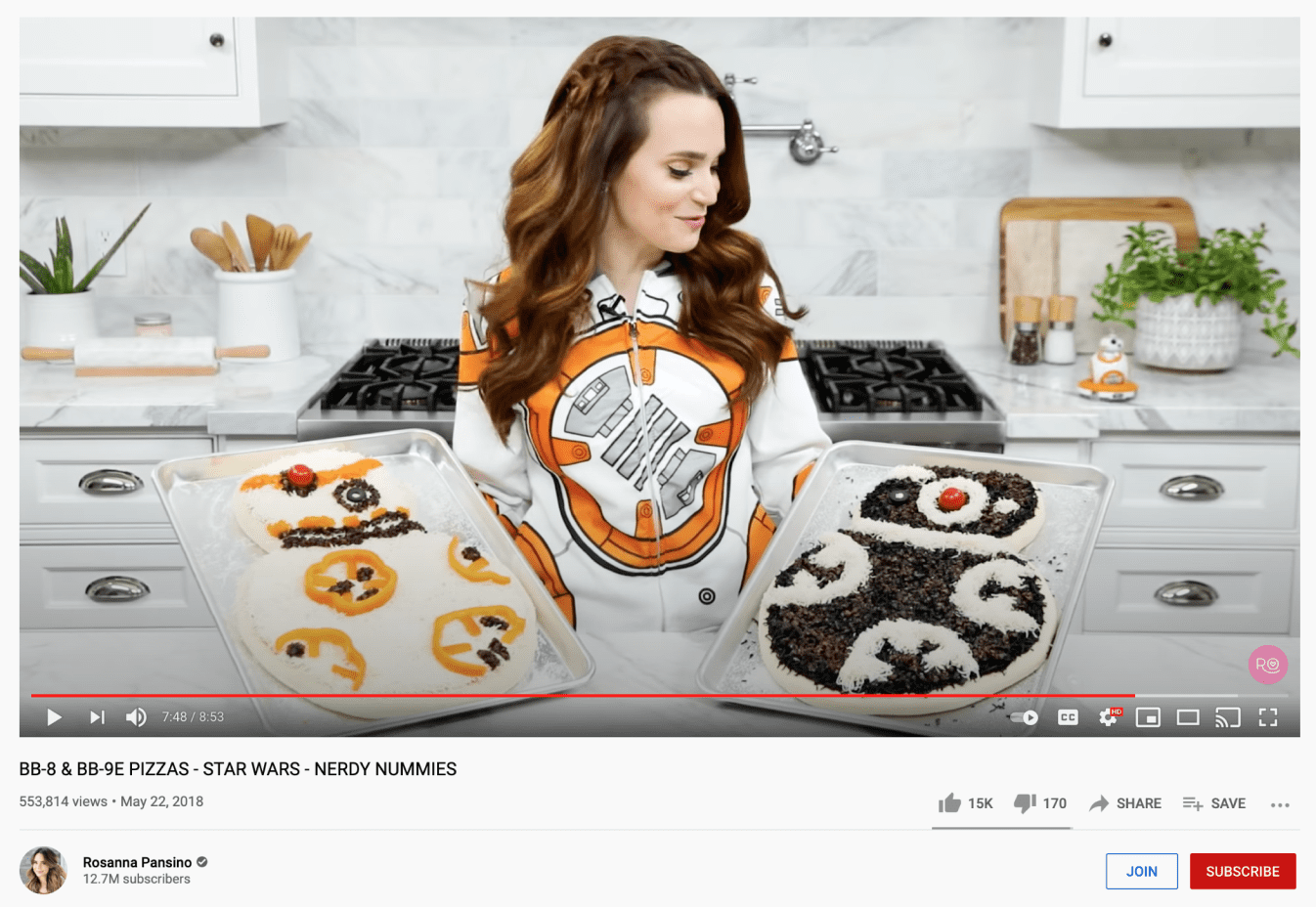
4. Think Ahead About Opportunities within a Niche
Starting a YouTube channel is a lot of work. Ideally, once you’ve started, you can keep it going and growing so you don’t have to start over. There are a few questions you can ask yourself to help determine the longevity of your idea.
How will you monetize?
There are multiple ways to generate income on YouTube including the YouTube Partner Program, affiliate marketing, and sponsorships. Monetizing, however, generally requires subscribers. The Partner Program requires over 1,000 subscribers, but sponsorships will require much more—and that’s also where successful YouTubers get most of their income. Narrowing in on a specific niche can help you generate subscribers and make your channel more conducive to working with brands down the line. Are there products that “fit” naturally in your channel?
Can you continue to produce content within your niche?
Another question to ask here is whether or not this topic is something you can dive very deep into. Make a list of ideas ranging from specific video ideas to types of videos you could branch out into. For the cocktail example, can you eventually work in interviews with the top bartenders in your area?
Is your niche fad-based?
Staying on top of trends is super helpful, and on-trend videos can boost your rankings and help people discover your content. What you don’t want, is an entire channel based on a trend. Use tools like Google Trends to help forecast the longevity of your topic. Here we searched “cupcakes” over the last ten years, and we can really see them having a moment around 2012, but interest has overall declined since then.
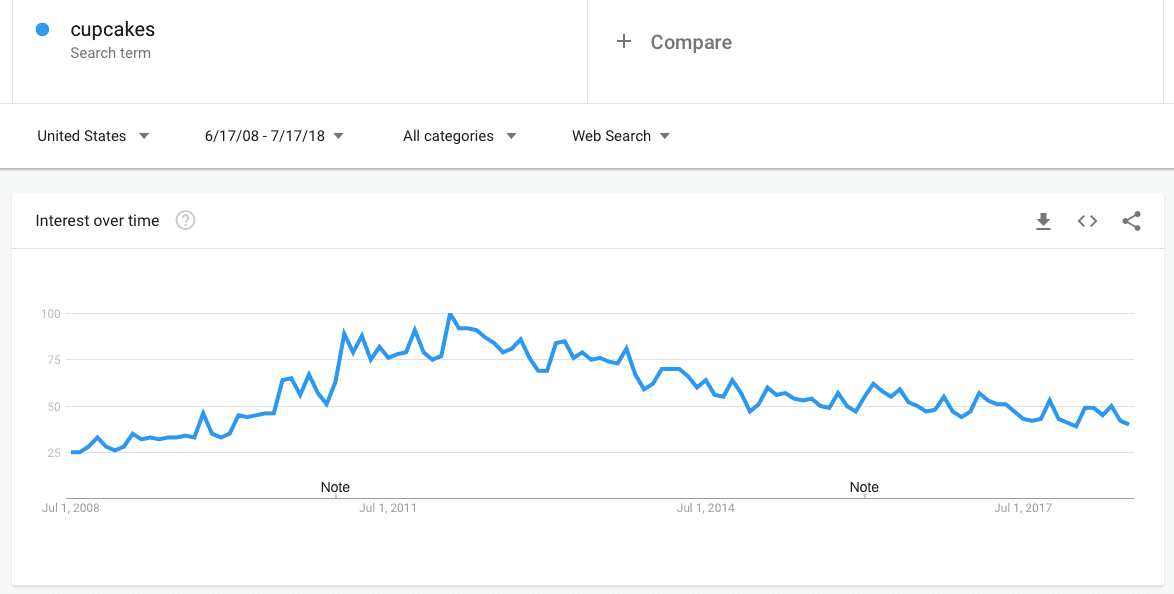
5. Start Posting
While it is important to do some planning before posting, at a certain point, you do just need to start the channel. Once you have content posted, you’ll be able to view channel and video analytics that will offer insight into what is and isn’t working. Reports such as traffic sources and audience demographics can help you tweak and hone in on your niche as well. Remember that no matter how much planning and preparation you do, your channel will continue to evolve. Finding a YouTube niche is not so much an end-all-be-all as it is setting yourself up for success.
If you’ve discovered your niche, and are ready to get started with great YouTube channel ideas, check out our guide for making a YouTube channel. And remember, once you’re ready for intro and outro music, video intro templates, and more creative resources, we’ve got you!



